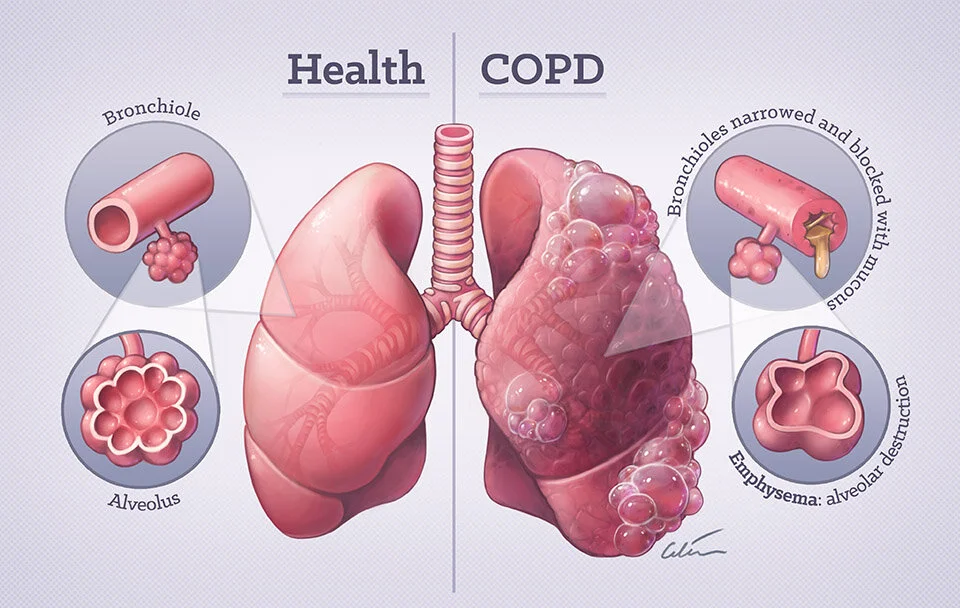
Living with chronic breathing difficulties requires smart daily management to maintain your quality of life. Mastering proper breathing techniques forms the foundation of effective symptom control. Practice pursed-lip breathing regularly: inhale slowly through your nose for two counts, then exhale gently through pursed lips for four counts. This method helps keep airways open longer and makes breathing more efficient. Combine this with diaphragmatic breathing, focusing on making your abdomen rise as you inhale, which strengthens your primary breathing muscle. These techniques are particularly helpful during physical activities or when you feel short of breath.
Nutrition plays a vital role in supporting your respiratory health. Choose nutrient-dense foods that provide substantial energy without causing bloating. Eat smaller, more frequent meals – five to six small meals instead of three large ones – to prevent abdominal pressure on your diaphragm. Include lean proteins like fish and poultry to maintain respiratory muscle strength, along with whole grains and colorful fruits and vegetables. Stay adequately hydrated unless your doctor advises otherwise, as proper fluid intake helps keep mucus thin and easier to clear from your airways.
Stay active while practicing energy conservation. Engage in regular moderate exercise like walking, but pace yourself throughout the day. Plan activities strategically, scheduling demanding tasks for when you have peak energy. Use sitting positions for daily tasks and consider using adaptive equipment like shower chairs. Keep frequently used items within easy reach to minimize unnecessary exertion. Create a lung-friendly environment by avoiding smoke and strong fumes, using air purifiers at home, and checking air quality reports before outdoor activities. These practical strategies, combined with proper medication adherence, can significantly improve your daily comfort and help you maintain an active lifestyle.
Leave a Reply